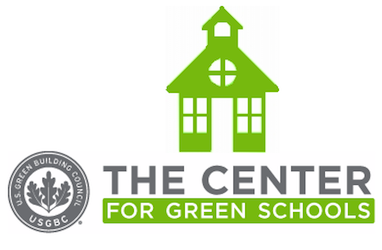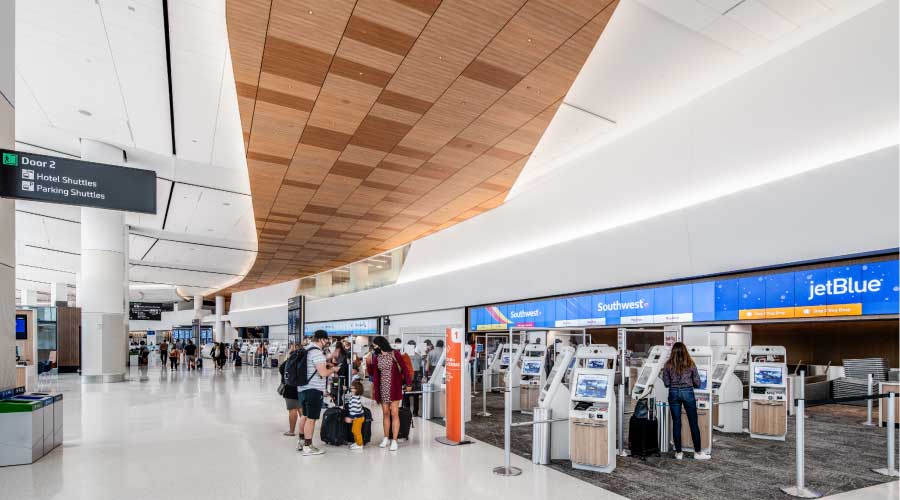USGBC Perspective: Analysis Reveals $46 Billion Deficit In Public School Infrastructure Investment
Part 4 of a 4-part Green Building Report.
As public school enrollment reaches a record high, investment in U.S. school infrastructure faces a projected $46 billion annual deficit. At current spending levels, school districts and states across the nation will not be able to meet the needs of existing facilities or build new facilities to accommodate the additional 3.1 million students who will join American public schools over the next decade.
State of Our Schools: America’s K-12 Facilities, a report released by the Center for Green Schools at the U.S. Green Building Council, the 21st Century School Fund, and the National Council on School Facilities, is an in-depth state-by-state analysis of investment in school infrastructure. It reviews 20 years of school facility investment nationwide and reveals state support for schools varies widely and frequently leaves local districts solely responsible for major construction or repairs.
With two million acres of land and more than 7.5 billion gross square feet, K-12 schools are the largest public building sector and represent the nation’s second largest category of public infrastructure. Yet, due to systemic inequities in the nation’s funding system for school facilities, many students across the country are learning in dilapidated, obsolete, and unhealthy facilities that pose obstacles to their learning and overall wellbeing.
Local school districts bear the heaviest burden in making the investments needed to build and improve school facilities. When school districts cannot afford to make these significant investments, they are often forced to make frequent, temporary, and emergency building repairs from their operating funds — the same budget that pays for teacher salaries, instructional materials, and general programming.
The report proposes a standard for annual educational facilities spending, based on building industry best practices. Currently, only three states’ average spending levels meet or exceed the standards for investment: Texas, Florida, and Georgia. While six states (Massachusetts, Wyoming, Connecticut, Ohio, Kentucky, and Hawaii) pay for all or nearly all of the capital construction costs for schools in their states, 12 states (Idaho, Indiana, Louisiana, Michigan, Missouri, Nebraska, Nevada, Oklahoma, Oregon, South Dakota, Tennessee, and Wisconsin) provide no direct support to districts for capital construction responsibilities. This lack of support leaves local districts, regardless of wealth or ability to borrow, on their own to provide funding for school construction.
The report compares historic average spending levels to the annual investment that will be needed moving forward to maintain today’s school building inventory. Using the proposed standards for educational facilities investment, the report analyzes each state’s spending using state-specific school facilities data. Four key strategies for addressing the structural deficits in the K–12 public education infrastructure have been identified:
• �Understand public school facilities conditions and provide communities access to accurate data about school facilities.
• �Engage in education facilities planning using best practices from across the country, and support local communities in proposing creative and practical plans to improve their public school facilities.
• �Support new public funding to provide what is needed to build and maintain adequate and equitable school facilities.
• �Leverage public and private resources to extend a community’s investments, utilizing a new generation of structures, funding streams, and partnerships.
You can download the full report and to find out the conditions in your local school district here.
Related Topics:















